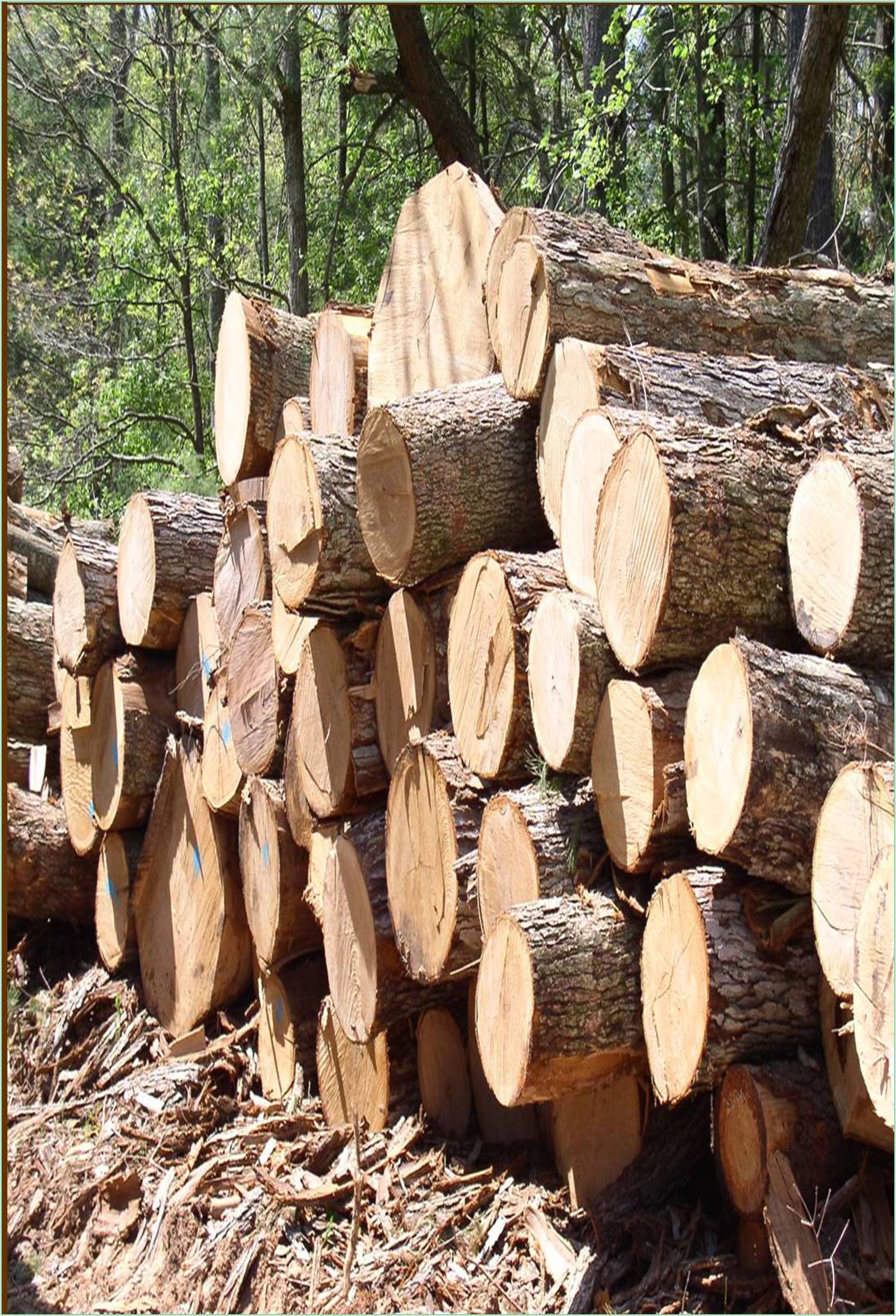



Received: 20-Oct-2022, Manuscript No. GJWSFW-22-74450; Editor assigned: 25-Oct-2022, Pre QC No. GJWSFW-22-74450 (PQ); Reviewed: 08-Nov-2022, QC No. GJWSFW-22-74450; Revised: 16-Nov-2022, Manuscript No. GJWSFW-22-74450 (R); Published: 23-Nov-2022, DOI: 10.15651/2449-1780.22.11.010
Forests hold 80% of the planet's plant biomass and contribute 75% of the biosphere's gross primary output. About 606 gigatonnes of living biomass and 59 gigatonnes of dead wood are found in the world's woods. Since 1990, the total biomass has somewhat dropped, while the biomass per unit area has increased (Lechner, et al., 2020). The latitudes 10° north and south of the equator are mostly covered in tropical rainforest, while the latitudes between 53°N and 67°N have boreal forest. Forest ecosystems can be found in all regions capable of supporting tree growth, at altitudes up to the tree line, with the exception of those where natural fire frequency or other disturbance is too high, or where the environment has been altered by human activity (Fountain, et al., 2015).
Although there are exceptions, angiosperm-dominated woods typically have higher species diversity than gymnosperm-dominated ones. Forests can have a variety of tree species in a limited area or a small number of species over a large region. Compared to other vegetation groups, forests have a high biomass per unit area. A large portion of this biomass is found underground in the root systems and as plant debris that has partially decomposed. Lignin, found in the woody portion of a forest, decomposes more slowly than other organic compounds like cellulose or carbohydrates (Führer 2000). Although there are exceptions, angiosperm-dominated woods typically have higher species diversity than gymnosperm-dominated ones (Camahan, et al., 1998). In addition to human usage, other factors, including forest type, topography, climate, and soils, have a significant impact on forest biodiversity.
The majority of forest habitats in temperate areas support relatively few animal and plant species, and these species typically have wide geographic distributions. In contrast, montane forests in Africa, South America, and Southeast Asia, as well as lowland forests in Australia, Brazil's coast, the Caribbean islands, Central America, and Southeast Asia's islands, have many species with narrow geographic distributions. The biodiversity of places like Europe, sections of Bangladesh, China, India, and North America is less intact due to their high human population densities and extensive agricultural land use (Donoghue, et al., 2022). Aside from Madagascar and South Africa, other regions with startling losses in intact biodiversity include northern Africa, southern Australia, coastal Brazil, Madagascar, and northern Africa.
The Brussels region of the Sonian Forest contains an even, dense stand of old-growth beech trees that are ready to be replenished by the saplings that will grow in the understory. The various elements that comprise a forest can be divided into two categories: biotic and abiotic. The living components include soil-dwelling microorganisms connected by mycorrhizal networks, as well as trees, shrubs, vines, grasses, and other herbaceous plants, as well as mosses, algae, fungus, insects, mammals, birds, reptiles, and amphibians. Layers of Adansonia species of various types, along with Alluaudia procera and other plants, can be found in the Ifaty, Madagascar, and spiny forests. There are numerous layers to a forest. The forest floor, the understory, and the canopy are the three primary layers of all forest types. Tropical rainforests contain an emergent layer, which is located above the canopy. Depending on the amount of sunlight, moisture, and food in each stratum, there are different types of plants and animals.